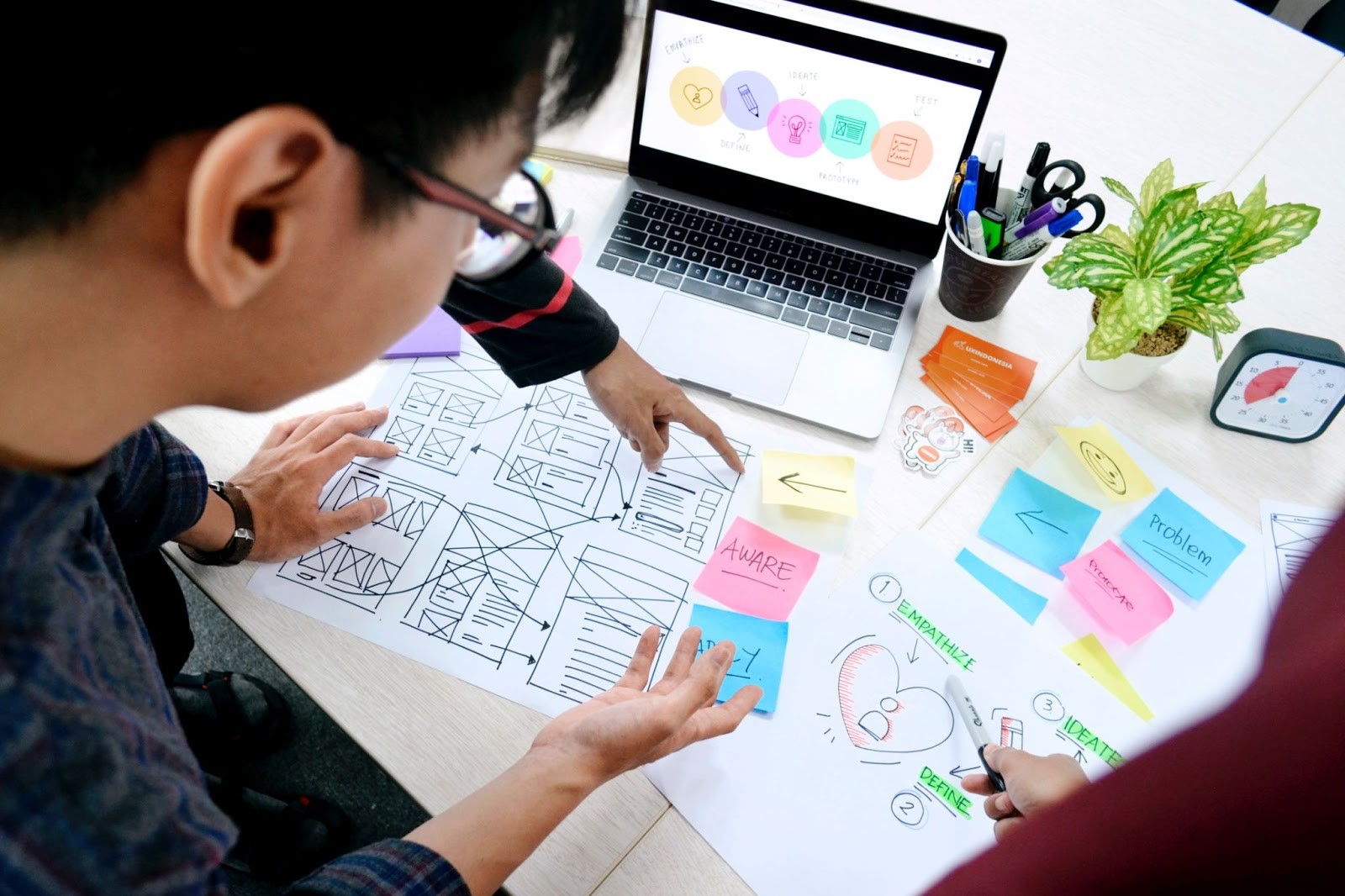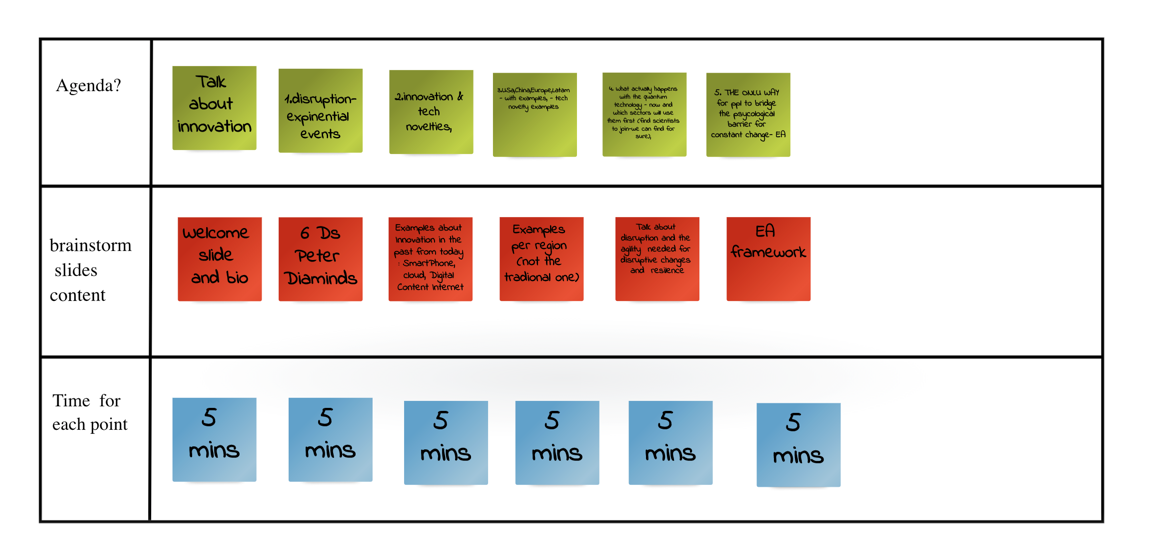Trends in recent years tell us that technology cycles and business cycles are getting shorter and shorter. During the 60s and 70s, a company could have cycles of 30 years before seeking to reinvent itself. Today these cycles have been shortened to 18 years.
To have shorter cycles mean that companies need to be more dynamic and agile to adapt to speed and changes. People must be flexible and creative every day, looking for new alternatives for internal processes, products, or services to be improved, eliminated, and replaced with new ones. Companies have realized that although employees are interested in contributing ideas, they are often afraid of having enough creativity to develop innovative solutions.
This thought is not surprising; many people assume that only the artistic and creative industries are able to design and innovate all the time. However, all people, regardless of profession, are creative. Only this activity has lagged in our brain to give relevance to other activities we do daily. Just remember that when we were children, we could create adventures and play tools with simple artifacts at home. In summary: Like children, If we could turn a box into a space rocket, a pirate ship, or a racing car, it is plausible that we can create and disrupt to solve problems.
Tools such as Design Thinking and User-Centered Design allow us to start dusting off the creative areas of our brain and generate the habit of creating.

Innovative companies have in site what they call Innovation Laboratories, and so far, these labs are giving good results for their employees. Thus, many companies want to follow their good practices, BUT adding the factor that prevails for 2021 and safety for the following years: Hybrid-Work schemes, where it is essential to have tools that allow us to exploit creativity no matter where we are and to give it continuity, in a simple way to access, create and share projects and boards.
I will give my examples using the online whiteboard Collaboard, a powerful cloud tool to learn to use and share with our collaborators.

Collaboard Board for a brainstorming session
Collaboard allows us to use the boards as a white canvas where collaborators can add pre-defined templates such as project tracking, brainstorming, the definition of sprints. In addition, you can create custom templates and add images and files related to the project to have all the information in one place. All collaborators can keep up to date with the progress of the project and the shared data.
To have interactive, collaborative, and creative sessions, you can work with your colleagues on the board all at the same time and use Design Thinking tools such as sticky notes, votes, and the clock for cycles that support the creative process.

Example of a meeting board with Collaboard
The entire or partial dashboard can be exported to be presented to stakeholders.
Using this type of tools in follow-up meetings, Project Launch Meetings, or Team building meetings, in hybrid work schemes, allow general collaborative agility, mental and social agility, which companies need for their adaptability in their accelerated cycle of evolution.
When you start using Collaboard with your teams and leaders, you are creating new rituals where everybody has psychological safety and to create ideas and share them with the rest of the collaborators. Also the communication is becoming more agile as access to the board is easy and accessible at any time.
It’s never late to start using Collaboard to unleash creativity in your company.
If you want to try Collaboard by yourself for free sign up HERE.


